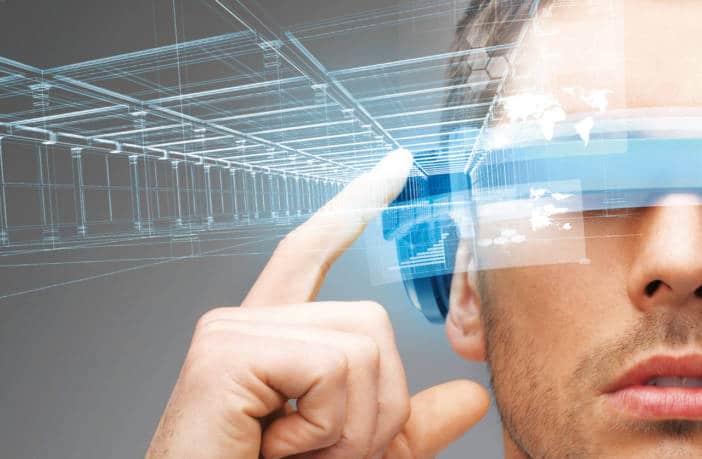Technologies shaping the future
Soon, the world as we know it will only be the memory of another time. Smart city, blockchain, artificial intelligence … the MIT Technology Review backtracked 3 disruptive…
On June 8, 2018

Soon, the world as we know it will only be the memory of another time. Smart city, blockchain, artificial intelligence … the MIT Technology Review backtracked 3 disruptive…
On June 8, 2018
Soon, the world as we know it will only be the memory of another time. Smart city, blockchain, artificial intelligence … the MIT Technology Review backtracked 3 disruptive technologies that should secure our exchanges and improve our daily lives in a very near future.
The smart city concept is in the limelight – especially thanks to projects as Quayside carried by Sidewalk Labs and Waterfront Toronto. Quayside relies on an extensive network of sensors to collect very fine data on air quality, noise pollution and even citizen’s activities. Robots replacing postal services, autonomous vehicles, and modular buildings with shared spaces … The challenge is to put new technologies at the service of citizen’s well-being. Google intends to equip urban neighbourhoods with thousands of sensors to obtain factual data on the use of equipment and buildings, traffic conditions, friction points … Analysis and data processing will help to daily improve the quality of life of the inhabitants ensuring energy efficiency, social diversity or recycling of waste.
Autonomous intelligent agents will improve quality of service thanks to their capacity to interpret customer behaviours and needs. While artificial intelligence is becoming more and more popular, cloud-based services are already making its use even more accessible and less expensive. For example, with Cloud AutoML, Google makes machine learning popular thanks to pre-trained systems. As another example, Amazon Web Services and Microsoft have created Gluon, an open source interface that enables developers to build machine learning models for the cloud and mobile applications.
The MIT Technology Review also highlights the performance of Nvidia that enabled an AI to create artificial human-looking faces based on real celebrity photographs. How could this be useful? Imagine AI of autonomous vehicles being able to autonomously create pedestrian images in order to practice and to better recognise them…
Blockchains such as Bitcoin rely on anonymous transactions, nevertheless they are public. It means a user can be easily “tracked” thanks to his payments data. To overcome this weakness, developers of the virtual currency Zcash have designed a cryptographic tool to secure blockchain transactions. This tool allows a user to prove that he has information without disclosing it, therefore limiting identity theft or security breaches. Even if the technology is new, its application fields are so large and game-changing that many concepts to make it more robust are already being tested in the field.
Fill in the form